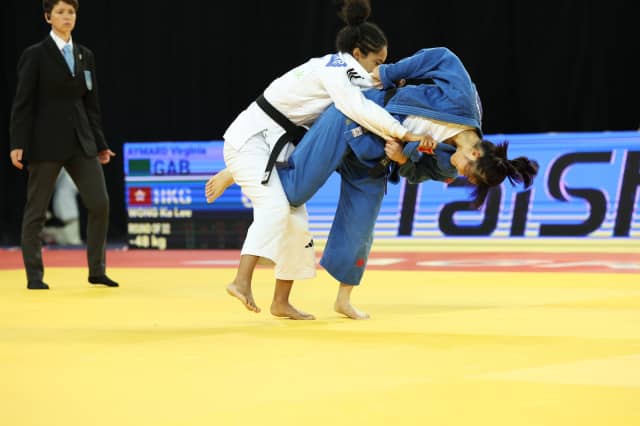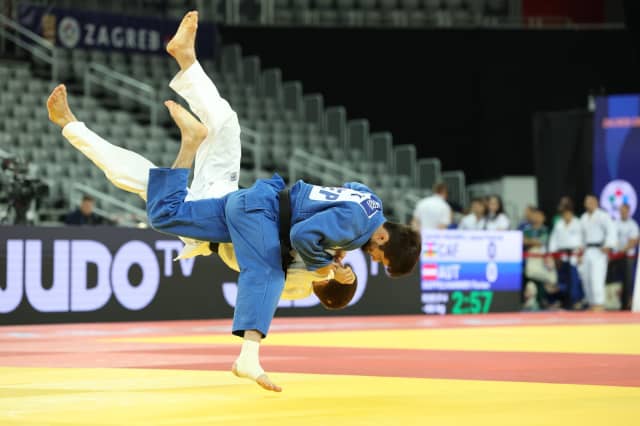83 delegations have arrived, almost exactly the same as the numbers seen at the 2022 Tashkent World Championships, where 82 national teams took part. This was perhaps not expected. So, why then, has this event proved to be the event of choice for so many?
Looking at the draw we can see an enormous range with teenagers, Olympic medallists, small island nations and veterans of the Tour, all warming up with the same challenge ahead of them. The distribution of athletes across the categories has produced a similar number of contests required for most athletes to reach the medal fights, up to six wins required for gold in many of the weights.

Perhaps Zagreb was seen as the last chance to put some newer athletes into the running for Olympic Games nomination. Perhaps it was viewed as the right level, potentially, for the young ones to dip their toe in the water. However, what has transpired is that everyone has had the same idea and so everyone is here! The level is, therefore, much higher than expected, the groups more dense than imagined, the competition more fiercely contested than was anticipated.
This is an incredible platform on which to shine. A win here is a huge win, a challenge surpassed and an authentic test. From Hong Kong to Tajikistan, from Ukrainian youngsters to the likes of Fonseca, Wagner and Bilodid, we have ahead of us an unpredictable, exciting 3 days of judo that will undoubtedly yield some spectacular moments of achievement and growth.
Let’s see…



